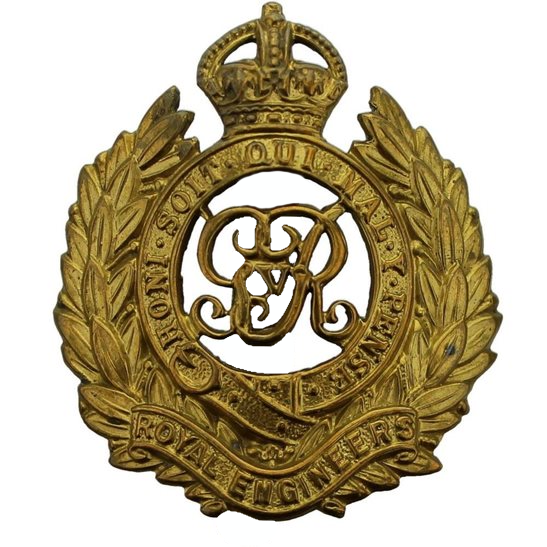Personal Details
Born: 17 June 1886 in Sunninghill, Berkshire.
Family: He was the sixth of seven children born to Robert Love, a gardener, and his wife Mary, nee Cordrey. He married Amelia Francis in 1914 in Chertsey, Surrey. No children can be found for the marriage. After the death of Amelia in 1953, Edwin married Phyllis Arrowsmith in 1954 in Whitchurch, Shropshire.
Residence: In 1891 Edwin`s family were living at Upper Village Road, Sunninghill, Windsor, Berkshire. Ten years later Edwin was working and living at Elm Lodge, North Street, Cranbourne, Berkshire. By 1911 he was a boarder at Rosegate Cottages, Billingshurst, Sussex. In 1915 he was living at Edgeley Bank, Whitchurch, Shropshire. The address given for him on the 1919 Absent Voters` List was 5 Highgate, Whitchurch. He appears to have remained here for the rest of his life.
Employment: His occupation in 1911 was a groom. On his Attestation in 1915 he was described as a stableman. By 1939 he was a haulage contractor.
Died: In 1962 in Whitchurch, aged 76, and was buried in Whitchurch cemetery on 25 August the same year.
Military Details
Regiment: Royal Engineers
Rank: Driver
Service Number: 220034
Date of Enlistment: 11 December 1915
Date of Discharge: 28 June 1920
Reason for Discharge: Demobilisation
Edwin was awarded the Campaign Medals (British War Medal, and Victory Medal)

The British War Medal (also known as 'Squeak') was a silver or bronze medal awarded to officers and men of the British and Imperial Forces who either entered a theatre of war or entered service overseas between 5th August 1914 and 11th November 1918 inclusive. This was later extended to services in Russia, Siberia and some other areas in 1919 and 1920. Approximately 6.5 million British War Medals were issued. Approximately 6.4 million of these were the silver versions of this medal. Around 110,000 of a bronze version were issued mainly to Chinese, Maltese and Indian Labour Corps. The front (obv or obverse) of the medal depicts the head of George V. The recipient's service number, rank, name and unit was impressed on the rim.
The Allied Victory Medal (also known as 'Wilfred') was issued by each of the allies. It was decided that each of the allies should each issue their own bronze victory medal with a similar design, similar equivalent wording and identical ribbon. The British medal was designed by W. McMillan. The front depicts a winged classical figure representing victory. Approximately 5.7 million victory medals were issued. Interestingly, eligibility for this medal was more restrictive and not everyone who received the British War Medal ('Squeak') also received the Victory Medal ('Wilfred'). However, in general, all recipients of 'Wilfred' also received 'Squeak' and all recipients of The 1914 Star or The 1914/1915 Star (also known as 'Pip') also received both 'Squeak' and 'Wilfred'. The recipient's service number, rank, name and unit was impressed on the rim.

